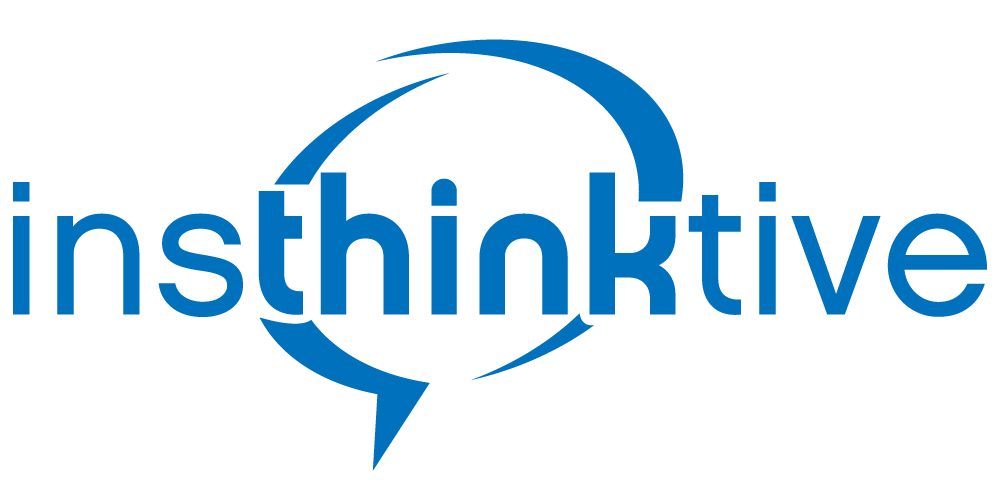“I remind myself every morning: Nothing I say this day will teach me anything. So if I’m going to learn, I must do it by listening.” Larry King
Tapping into your innate instincts as a sales leader is critical to your success as a coach. And the ability to listen, truly listen is an instinct often clouded by the impacts of the day to day pressures of being a sales leader.
Being present. Listening with your eyes and ears is a conscious shift in your attention levels. Being aware of your listening style is a crucial development skill as you move towards leader as the Sales coach.
Let’s explore some of the different listening styles and how they fit with your approaches to leadership conversations.
Pretence listening
As Simon And Garfunkle sang “People hearing without listening”. When we pretend to listen, we hear nothing. Yes, we are nodding and acknowledging, but we are not taking anything in.
This type of listening can be very prevalent in relationships. If you’ve heard this “You’re not listening again” then you’ll understand. And it can lead to a lot of conflict in relationships. So too in sales coaching relationships.
Initial listening
Sometimes we take in a few words and then start working on our response, We switch off and are so absorbed in formulating our response that we stop listening entirely. We are only searching for the right time to interrupt so that we can get our point across. As an observer or my behaviour and that of others. I see this listening as being ever-present in our daily conversations.
Selective listening
It is what it says. We hear what we want to hear and block out what is inconsequential to us. It can be a result of our blind spots. And blind spots can be dangerous things. If we focus only on information that supports our point of view, we can miss so many valuable opportunities to challenge our thinking. And engage with others better.
Partial listening
This is generally what we do most of the time. We listen intently but somehow get distracted by our thoughts or by something the other person has said. Or by our devices going off. We then allow our thoughts to drift, react or formulate a response. And in the meantime, we may lose track of the other person’s conversation, and this can lead us to become embarrassed or lost. If they ask for an opinion, you are not in a position to because you’ve lost track.
“Communication is a skill that you can learn. It’s like riding a bicycle or typing. If you’re willing to work at it, you can rapidly improve the quality of every part of your life.” Brian Tracy
Deep listening
Otherwise known as “whole person” listening. You are completely present in the conversation. You have consciously focused in on the “whole person”. You are sensitive to the emotions, the body language, the spaces between words, which can often offer essential cues, and feedback.
You are looking at the deeper level and trying to understand goals, motives, values and beliefs.
It is an intense form of listening that requires practice. You are tapping into your natural senses, and this takes time to reinvigorate. You have the skills, but we need to make conscious effort to reawaken them.
Deep listening is all about moving from being interesting (i.e. trying to impress people with your own stories). To being interested (being genuinely interested in their stories).
By “listening with your eye’s” you are engaging in deep listening. You are watching for the non-verbal communications signals. Those you emit, and those your team emits. And you are learning to adapt, and mirror and match.
Explore when and how you may use the types of listening above. And the impacts they might have on the quality of the conversations?
Write down your reflections NOW.
Key Takeaways
Listening is a skill that can transform sales leadership conversations.
Assess yourself honestly how much of your listening is percentage terms is
Pretence
Initial
Selective
Partial
Deep
Set yourself a goal to spend more time in Deep Listening mode.
If you liked this article, please share it. I appreciate your support.
Regards Ronan
Call me on +353(86) 7732201
Ronan Kilroy | Insthinktive Sales Leadership Ltd. | Blanchardstown, | Dublin 15, | Office 01 8220523
More Sales, More Consistently, In Less Time



